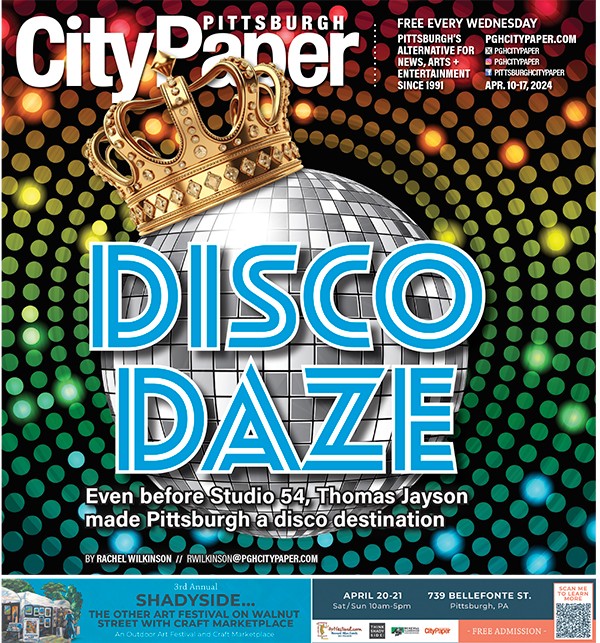If you've ever wondered why people seem so hesitant about visiting Pittsburgh, consider this: One of the city's most prominent ambassadors to the world has been the puke-green squinting face of Mr. Yuk. Another is Mister Rogers, which -- let's face it -- sends a somewhat mixed message about how we feel about kids.
Mr. Yuk was created in 1971, partly for a very simple reason: Every generation of kids is a little bit harder to shock than the last.
For years, bottles of dangerous chemicals had been marked with an old standby: the skull and crossbones. But as former U.S. Rep. Bill Coyne explained to House colleagues on Mr. Yuk's 25th birthday in 1996, that symbol "had become associated with swashbuckling pirates and buccaneers rather than with harmful substances." The problem might have been especially pressing in Pittsburgh, home of the Pirates baseball team. (Though a pirate logo might instill real fear in Pittsburgh kids nowadays: Just imagine little Johnny's reaction when he sees the sticker and thinks, "If I take this, I'll be swinging a bat like Randall Simon!")
Until the early 1970s, doctors had struggled with the best way to handle accidental poisonings in the home. There was no central repository for information about what was in those products, or how to treat them, and doctors were sometimes as clueless as parents were. In Allegheny County alone, a half-dozen kids died from poison each year, and few hospitals had an effective approach to handling the dizzying array of household chemicals a child might imbibe. Children's Hospital began preparing a poison control center, and as part of the effort, a team of physicians including Richard Moriarty sought to improve poison warning labels.
In order to come up with a design to scare kids off, Moriarty and his crew went through a process much like the one used to attract kids to products. They hired an advertising firm and used focus groups of kids. As Moriarty himself recounted in a January 2003 PittMed magazine article, researchers asked kids what would happen if they drank poison. The response: Your mom would yell at you, you'd get sick, you'd die. "We had a yelling face. We had a sick face. We had a dead face. We went back to the kids and asked them, 'Which one don't you like?' And they didn't like the sick face." The character's name came about when one of the kids in the focus group saw a fluorescent green rendition of the sticker and said, "That looks yucky."
As someone who grew up in the 1970s, I can attest to Mr. Yuk's power. He disturbed me almost as much as Bert Lance, Jimmy Carter's director of management and budget. Moreover, Mr. Yuk appeared in a discomfiting series of TV ads featuring images of cartoon kids holding their stomachs while a "jingle" played: "Mr. Yuk is mean! Mr. Yuk is ... green!!!!!!" The whole time there was this nausea-inducing green background that I recall almost undulating on the screen.
Indeed, accidental poisonings in the Pittsburgh area dropped to only one or two a year after the program began, and the stickers are still widely used today. As a Blue Cross/Blue Shield poison control outreach effort puts it, "Mr. Yuk's frown and negative expression indicate to children that the product it is affixed to is not desirable to ingest." By contrast, "While the classic skull and crossbones symbol is very effective for adults, to children this warning means nothing, and in fact could even signal to a child that the item is okay to chew or swallow." Especially if your kid feeds on the dead.
Originally, critics contended that the labels wouldn't work, because really young children wouldn't recognize then. You don't really know something is ugly, after all, until you've been conditioned by seeing a lot of TV and magazine covers. (Once you've seen enough of those unrealistic body images, you learn to hate even yourself, which is what growing up is all about.) But as Moriarty himself pointed out, just putting the stickers on various bottles taught parents a valuable lesson about the dangers concealed in their homes. And what's most impressive about Moriarty's accomplishment is that he created a symbol so universally revolting that it has repelled generations of kids. Which is no easy task. I mean, these kids today listen to Justin Timberlake! Sometimes you wonder whether keeping them out of the medicine cabinet is doing them a favor.










